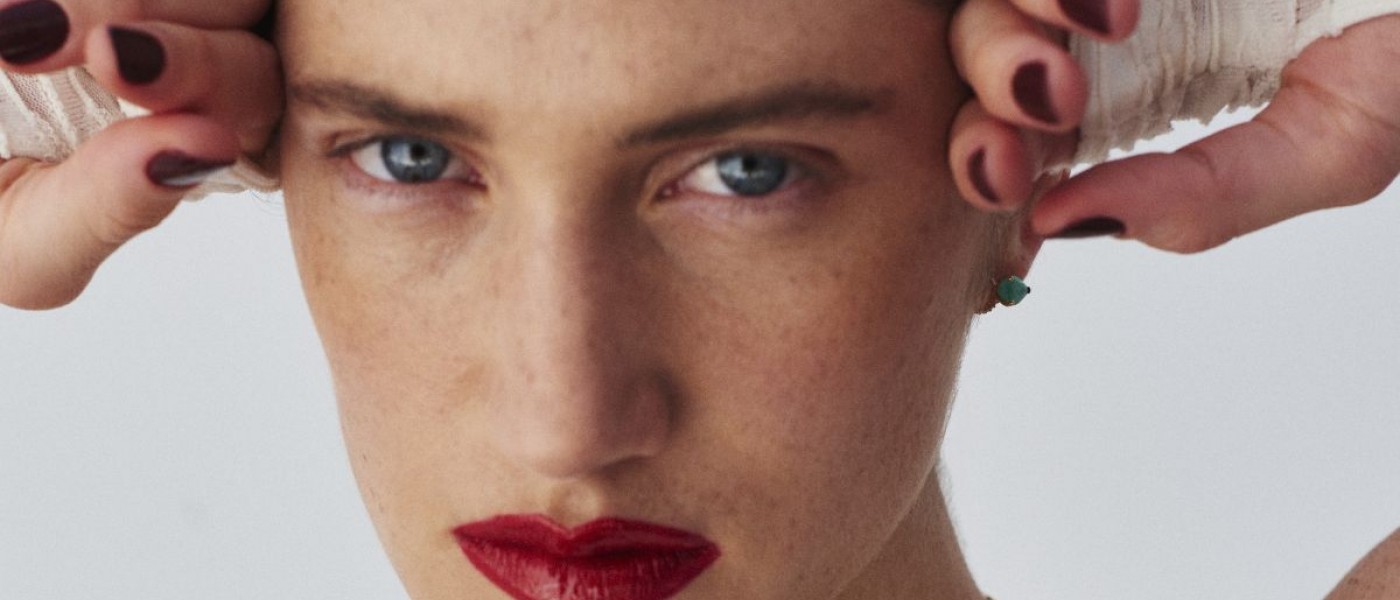
Sustainability First: How Jewellery Is Redefining Luxury for a Regenerative Future
Sustainability First: How Jewellery Is Redefining Luxury for a Regenerative Future
Credits: NaÏve @naive.oficial
Jewellery is accelerating the transformation of the luxury industry into an environmentally beneficial and socially responsible sector. Recycling, repurposing, and reusing materials are becoming standard practices as companies adopt superior production methods and designers incorporate waste and surplus components.

Credits: Sheila Westera Jewellery @sheilawesteram, Wunderkammer Jewels Roma @wunderkammer_jewels , Officine di Talenti Preziosi @officineditalentipreziosi
Alternative materials in jewellery are replacing traditional precious metals. Popular alternatives include aluminium, resins, ceramic glass, and recycled materials such as recycled silver, eco- gold, and repurposed packaging like Tetra Pak. Brands like Hublot are innovating by upcycling waste; the brand used Nespresso’s coffee grounds and capsules to create watch straps. Moreover, investment in biomaterials is rising, projected to impact up to $4tn over 20 years. Scaling biomaterials requires increased production to commercial levels. Mika Ferrari’s jewellery embodies the principles of Brazilian shamanism: each amulet harnesses potent natural compounds and energies. Rooted in sustainability, Ferrari’s creations are made from and for the earth, using geometry and astrological energy to strengthen and protect the wearer while Maison Alix Dumas engage in employing repurposed shell material, enhancing circularity fundamentals.

Credits: Silvia Furmanovich @silviafurmanovich, Bibi Van Der Velden @bibivandervelden, Le Sibille @lesibille
As the industry moves towards zero-trace designs, brands should explore unfinished or minimally altered pieces. Dutch designer Irma Foldenyi reduces environmental impact by modifying existing jewellery to conceal distinguishing features. As we approach the end of abundance, products will be crafted for longevity or designed to vanish without a trace. Investing in design for disassembly and supporting R&D is crucial. Furthermore, new techniques like laser welding are transforming jewellery manufacturing and repair, leading to more efficient and sustainable processes.

Credits: Google Deepmind @Unsplash
Embracing sustainability in design opens avenues for market differentiation. Brands that prioritize these principles will lead the way in the evolving luxury sector, fostering a future where beauty and responsibility coexist seamlessly.
